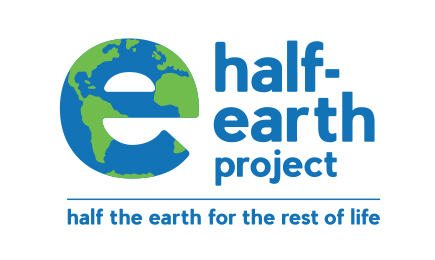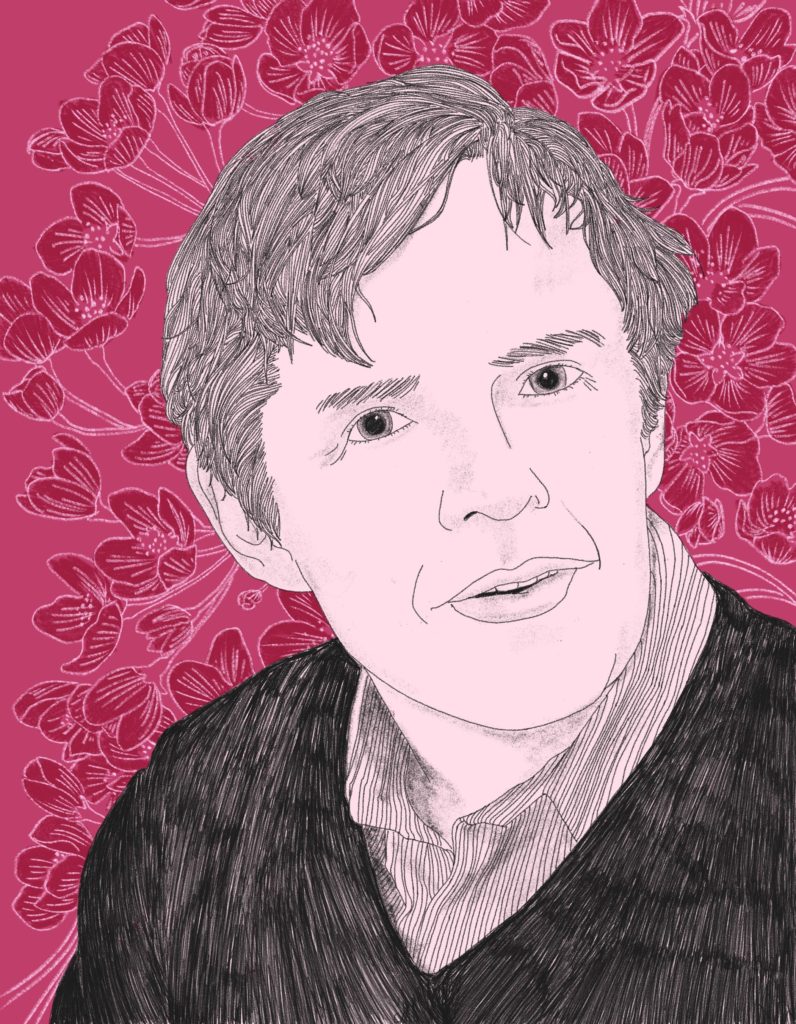
“Protecting biodiversity is a scramble, still a daunting task, but it looks like something that’s within our reach. I find that extraordinarily hopeful and encouraging.”
Tony Hiss’s new book, “Rescuing the Planet: Protecting Half the Land to Heal the Earth,” lays out both the urgency for and possibility of protecting 50 percent of the Earth’s land by 2050. This will save millions of species and slow climate change. Tony Hiss discusses what this might look like if it were to happen and he also reflects on his own interesting life and travels.
For thirty years, Tony was a staff writer at The New Yorker. In 1999, Tony wrote a memoir that reflected on what it was like to grow up as the son of Alger Hiss, a government lawyer in the State Department accused of espionage. “He actually went to jail for four years or so,” Tony says of his father. “And he would write me as a way of staying in touch. He’d say, ‘I’m not going to be able to get to Central Park this year, I wish you would go up there and be my eyes and ears.’ That tuned my senses. Writing him letters was probably the reason I became a reporter.”
How to Find Out More About the “Half Earth” Proposal
The wonderful writer and scientist E.O. Wilson is someone who really embodies what Tony Hiss talks about in the show: a “planetary feeling.” He’s behind the Half-Earth Project, an organization promoting this concept.
How to Find Out More About Tony Hiss
Read his books! Tony has written fifteen of them and they’re all in print from major presses and easy to find.
Also you might be interested in reading this review of Tony’s book in the Wall Street Journal.
How You Can Help Save Half the Earth
Here are five things you can do that will matter. Think about accomplishing two. One is to contribute to the organization that’s working hard on making this concept a reality, and the other is to do something directly. You know yourself, and you’ll know which of these you’re best suited for:
- Contribute $ to the Half-Earth Project. Do it here.
- Seek out a local effort in your community that is physically restoring a natural area. In Chicago, here’s one and here’s another one. Find a group or agency that is cutting brush or pulling weeds or planting seeds or monitoring a population of an endangered species and go out and volunteer your assistance.
- Promote educational initiatives that connect students and adults with the natural world and that encourage them to take a tiny step toward becoming a conservation steward.
- Advocate for conservation action and collaboration within your community—we here at The Shape of the World can’t know what that looks like for you precisely, but often it’s attending meetings related to city planning and zoning decisions and starting to understand how decisions get made. Over time, you can work your way into participating in committees and commissions that make decisions. Or if that’s not your thing, then you can be a thoughtful advocate who speaks up at meetings. You might be surprised by how easy this is—usually because only a handful of people ever take the time to do any type of citizen involvement at the municipal or county level. And that’s where the rubber really hits the road on this enterprise of protecting biodiversity. People who live near natural areas (or open spaces that potentially could become restored and protected natural areas) have to be paying attention.
- Expand the Half-Earth movement culture by sharing your commitment with friends and family and encouraging them to join you in signing the Half-Earth Pledge.
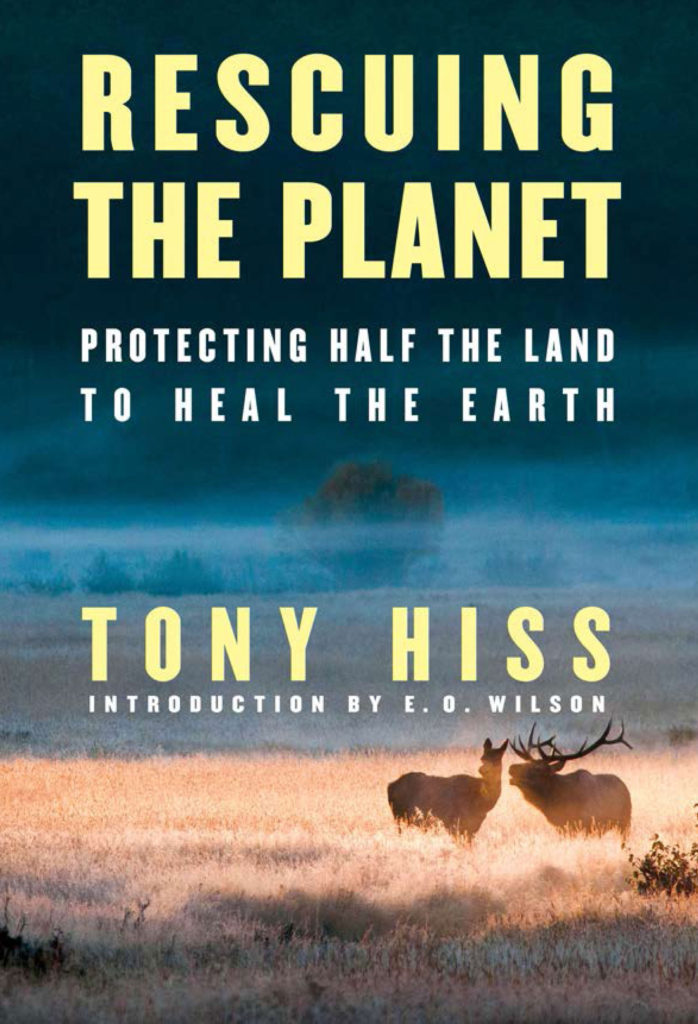
published by Penguin Random House.
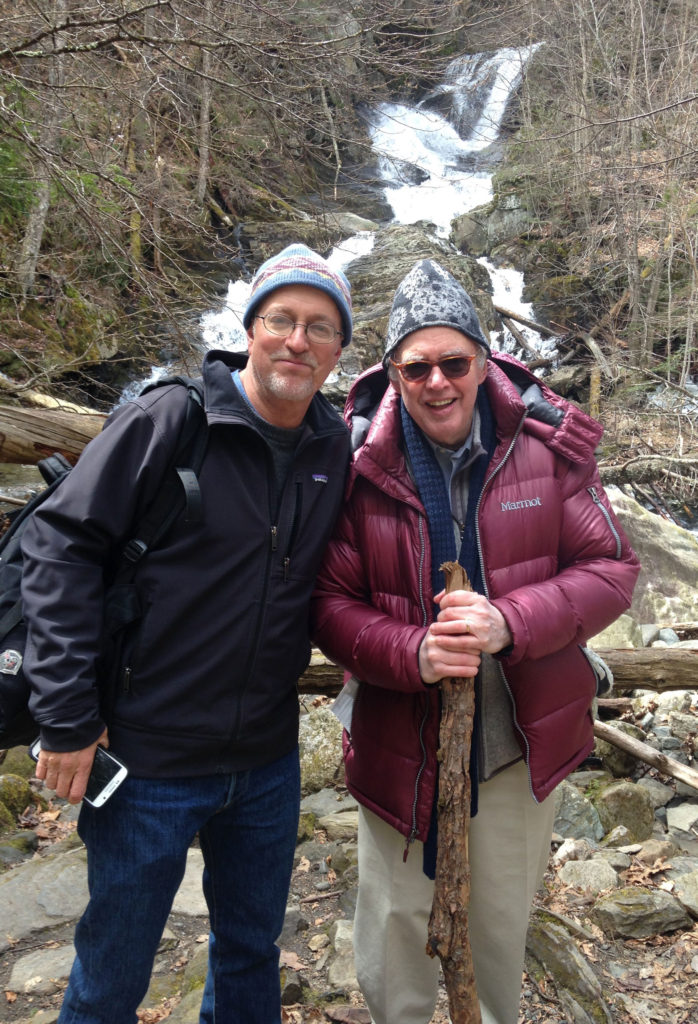
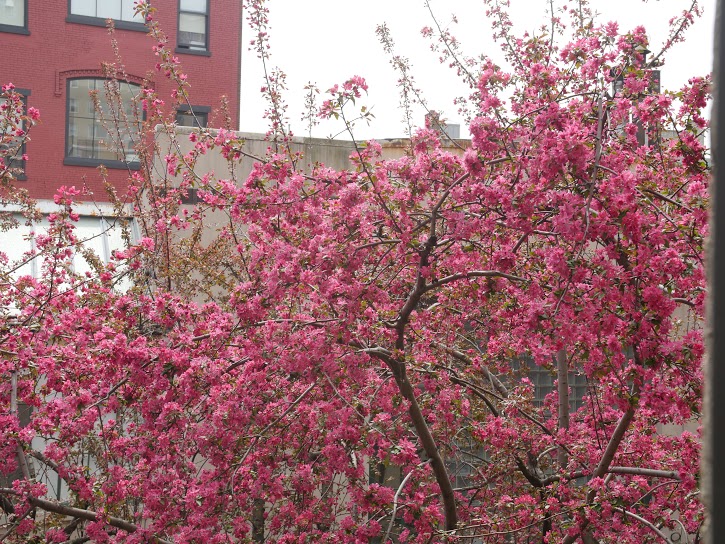
“Below the sky and neighboring rooftops, there's a forest-canopy view of a miniature orchard of ten ornamental Japanese crab apple trees.''

